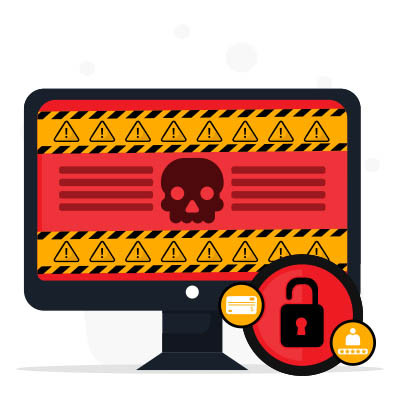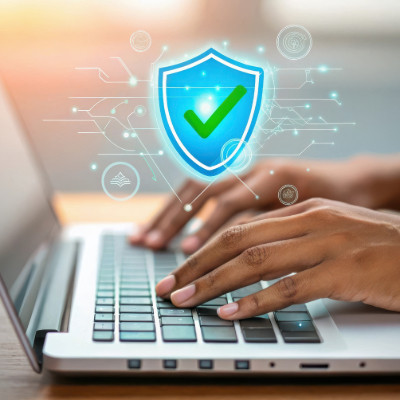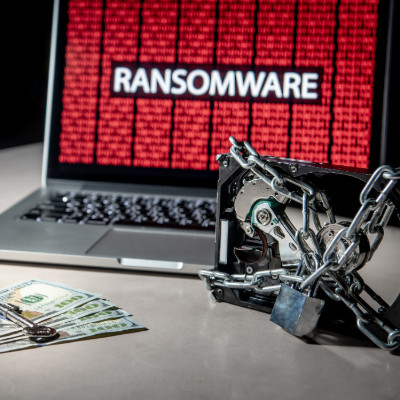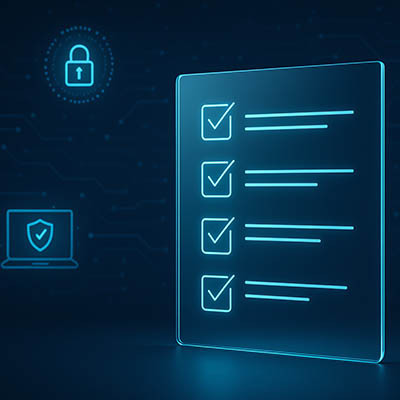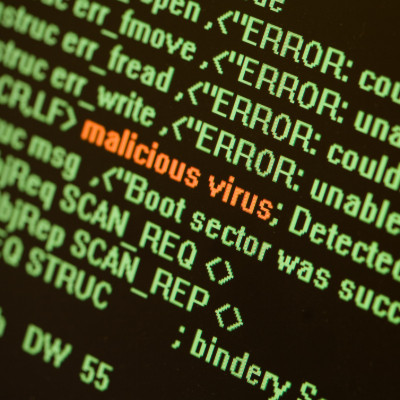The conversation around B2B data security is no longer about having a backup, but about whether your backup actually works when you need it most. Data backup and disaster recovery solutions were once seen as “set it and forget it” tools, but this is no longer the case. In reality, your data backup strategy is much more complex, and if you fail to give it the attention it deserves, it could result in an extinction-level event for your business.
Phantom Technology Solutions Blog
With the new year just around the corner, you’re probably wondering what the latest cybersecurity threats will have in store for small businesses like yours. One such threat is the rise of agentic AI, which capitalizes on the weakest link in any business’ cybersecurity infrastructure: its human elements. If you already have a hard time figuring out if the person on the other end of the phone line is human, just wait… It’s only going to get worse.
Let’s assume that, as a responsible business owner, you’ve established standard operating procedures for your employees to follow—including the tools they can officially use in the course of their tasks. That said, there is always the chance that someone encountered an issue and independently investigated and “fixed” it.
If anyone is using an unapproved tool or an external account to access and manipulate your business data, you have a problem… a problem known as shadow IT.
Antivirus is great and all, but it’s important in business to acknowledge that not all solutions you implement are equal. What seems like a good deal could actually put your business at risk. If your antivirus isn’t reliable, you can’t continue with business with the assurance that everything will be okay.
How much would you be willing to pay to keep all of your business’ records from being locked away, or to keep them off the dark web? Hundreds? Thousands? More?
This is precisely what cybercriminals rely on when they infect businesses just like yours with ransomware. Let’s talk about ransomware a bit: what it is, why it’s so effective, and (most importantly) how to keep it from dragging your business down.
Here’s a fun thought experiment; can your team identify phishing scams and respond to them appropriately? It’s a skill that must be learned if you want your organization to be successful and safe. Today, we’re taking a look at the three big signs you’re looking at a phishing scam (and what to do about it).
Ransomware seems to be everywhere. One can hardly turn on the news without hearing about a new ransomware attack—and that’s just the ones that hit the news cycle, not to mention the smaller ones that are either hidden by the companies or not considered newsworthy. Meanwhile, businesses are urged to invest in more security tools and IT-themed acronyms than ever. Is all this investment actually worth it? Is ransomware actually as significant a threat as it is made out to be?
The truth is, it isn’t. If anything, it’s even worse.
You want to make network security one of your top priorities, especially these days when you can hardly go online without feeling like someone’s trying to take advantage of you. The password still plays a dominant role in network security, but the fact remains that it’s only one credential that hackers need to target you. Instead of depending on the password, more businesses are shifting to two-factor authentication, or 2FA.
Scams are often so convincing that it’s difficult for even experienced individuals to detect them, but why is this the case? It all boils down to human psychology. Modern security training can help you identify these telltale signs, but it doesn’t really explain the why of things. That’s what we’re out to explore today.
Ransomware is bad, and you can’t take any chances with it if you want to keep your business safe. Understand that it might seem like we’re exaggerating, but we’re not; ransomware really is as bad as it comes, and when you’re faced with double or even triple extortion, you’ll be put in a tough spot that no business owner wants to find themselves in. Today, we want to cover what these terms are and why they’re so bad.
You've heard the saying, "A man's home is his castle." When it comes to your business, that comparison is even more fitting. Your business is your livelihood, your stronghold, and it deserves the strongest defenses.
Just like a medieval castle was built to keep threats out, your business' security needs to have an all-encompassing strategy. That’s why it is absolutely necessary to implement cybersecurity measures that serve the same protective purpose for your business and its network.
Happy Social Media Day! It’s hard to believe that social media—at least in the modern sense—has already been around for almost a quarter-century. Seriously! LinkedIn launched in 2003, and Facebook launched in 2004.
Since then, social media has become an essential business tool; however, it also provides cybercriminals with an opportunity to exploit your organization. Let’s observe Social Media Day by reviewing some simple security line items to keep your business safe while you take advantage of the capabilities social media can provide.
Mobile malware doesn’t get talked about a lot, and that’s because it’s relatively uncommon compared to others, but it’s still just as dangerous. Crocodilus, a new Trojan on the Android platform, is one such example. Today, we want to cover how you can address this new variant and avoid contact with it.
A data breach—when a company’s sensitive data, from customer details to company secrets to financial information, is exposed—certainly isn’t a good thing for any business to experience. Once an organization knows it’s happening, it’s time to go into panic mode.
While this is an understandable response, it is crucial that you are prepared with a strategy to navigate such a situation should it ever arise.
We live in a time where all business owners should have some working knowledge of technology, but this lesson is often learned only after the fact. Sometimes it takes a crisis to thrust one into action, but we’re here to help you take the first step. Today, we have four lessons that you can learn about business technology today to hopefully prevent a crisis somewhere down the road.
Shadow IT may have a pretty cool-sounding name, but its impacts on your business are anything but. The term “shadow IT” describes any technology used in the business setting without the express knowledge and go-ahead of the IT department. While it may be common, it certainly isn’t good… despite often having the best intentions behind it.
Let's be honest, technology can sometimes cause big headaches for businesses. Maybe your main computer system crashed right when you were busiest, or you had a scary data problem. These tech troubles can frustrate you and your customers.
Remember Y2K, around the turn of the millennium? It was a time when everyone worried that all computers would crash. The whole thing actually made many companies upgrade their tech and get better prepared. The lesson is that even big technology problems can lead to good changes.





